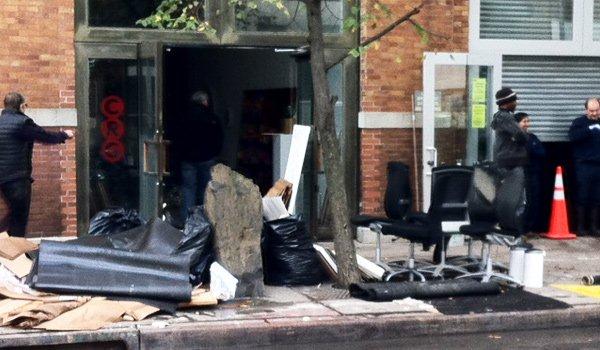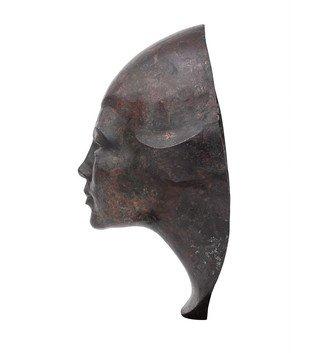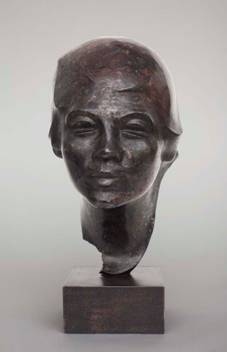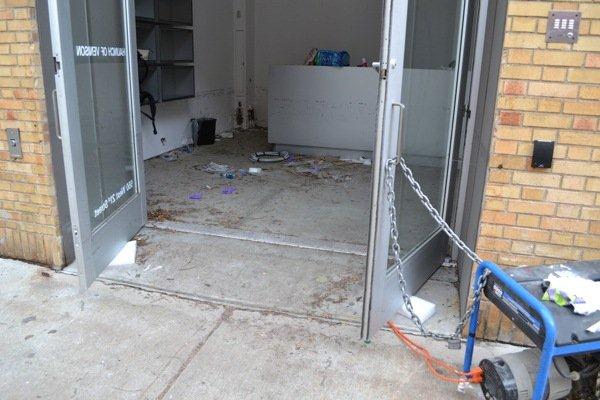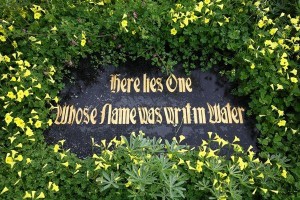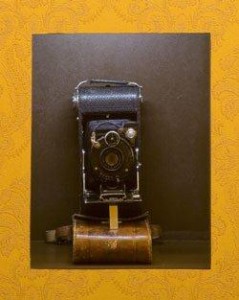The Washington Post, doing its duty, checked in on the mess at the Corcoran Gallery of Art and the Corcoran College of Art and Design again the other day, lest something nefarious happen there under everyone’s noses.
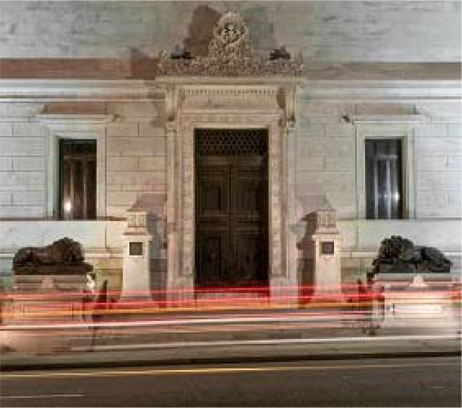 It didn’t come up with any news whatsoever. Nothing has happened since the Corcoran said it was discussing its future with the National Gallery and George Washington University. Nor did it come up with new analysis or quote any new recommendations. What it did do is recap the sad situation and put the blame squarely on the board: Corcoran’s Board Holds Key To Museum’s Fate, the headline read.
It didn’t come up with any news whatsoever. Nothing has happened since the Corcoran said it was discussing its future with the National Gallery and George Washington University. Nor did it come up with new analysis or quote any new recommendations. What it did do is recap the sad situation and put the blame squarely on the board: Corcoran’s Board Holds Key To Museum’s Fate, the headline read.
And in this article, the board looks even more inept than we thought. The trustees have managed to create a situation in which they have no vision for the future, they have no money for the future, they have no director for the museum, and — perhaps worst of all — the study they ordered up to assess the museum/school’s potential is seven months away from delivery.
Then, of course, there will be deliberation and fund-raising, because no one is going to give the Corcoran much money without knowing what it’s going to be in the future, “the vision.” Can this institution remain on life-support for so long? I shake my head in disbelief.
Here’s an interesting passage: Since October, 2o10:
[The board] spent $1.5 million on consultants, including a $683,000 contract with Lord Cultural Resources (not all paid yet), which produced six thick binders of research and interviews with staff and students as well as outside experts. The data examined the state of the art in museums and art colleges worldwide, and attempted to discern the direction in which the best galleries and colleges will evolve in the coming decades. …A year later, in the fall of 2011, Corcoran leaders were not yet ready to publicly propose a new vision, but the board was eager for fresh eyes on the problem. At least six trustees joined in two months….Yet even now, after 24 months, the new vision remains a work in progress.
One could be relieved by that, because any new director worth his or her salt would want a say in formulating the vision. To which the board chairman, Harry F. Hopper III, replied:
We were advised that we could not attract the caliber of leadership on the content side that we needed without having a well-thought-out framework, and that’s what we’re working on. We don’t claim to have a granular playbook on how a new leader is supposed to execute a vision. We have come up with a framework within which a visionary leader can allow the institution to flourish. Exactly what shape that takes is an organic process that will be led by the new leadership that we bring in.
Fair enough, I guess, except: if the board is months away from agreeing to a framework, and then it has to recruit a visionary director — a process that, in recent years, has been taking about a year from the time a director quits to the time another is hired, which is sometimes followed by more delay before he/she can take up the job — that life-support system at the Corcoran better be  pretty darn good. To me, it looks as if it will waste away.

